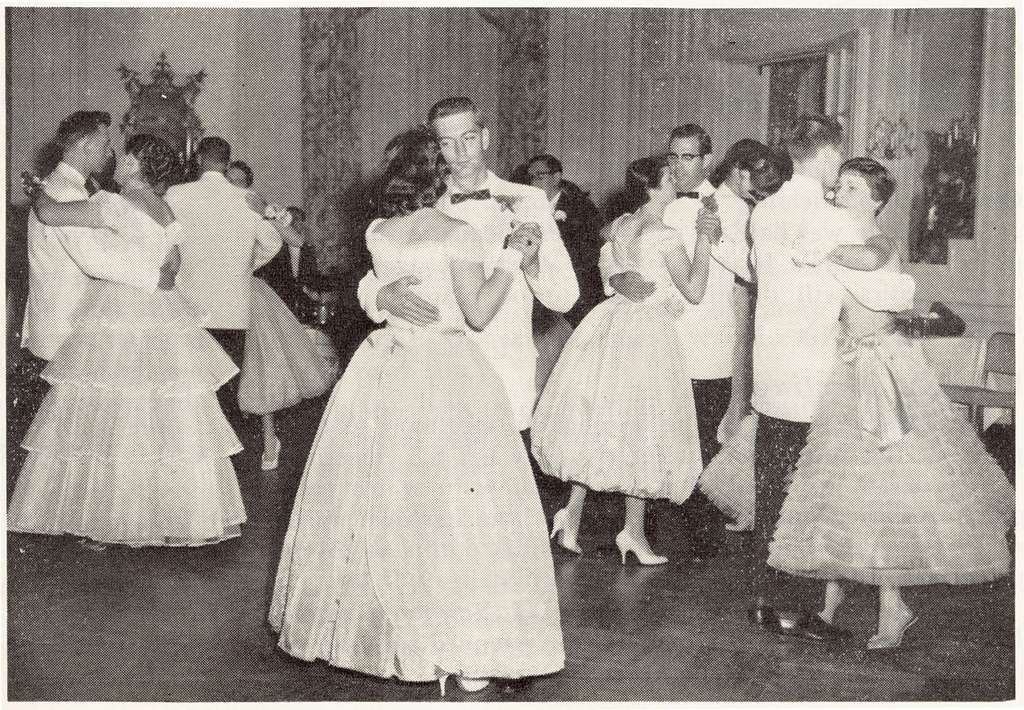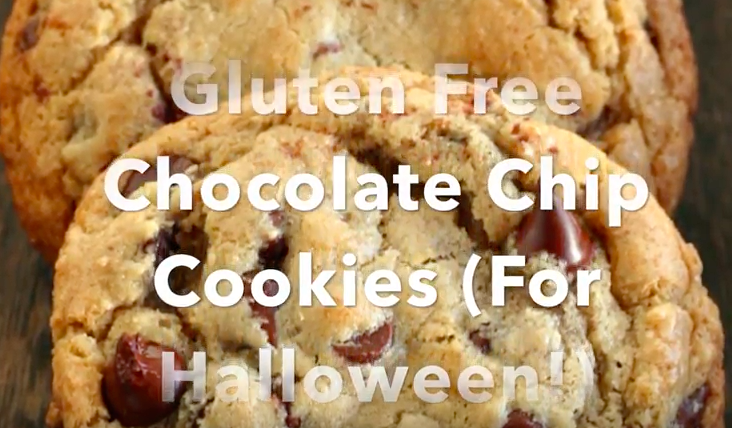Gluten? No. Cookies? Yes!
Imagine living in a world where food is a daily struggle. Seeing friends eat delicious treats and not being able to eat or even touch any of them! Donuts, munchkins, churros, funnel cake, etc. Pretty much any baked good are out of the picture for you. Halloween, Thanksgiving, and many other holidays are a pain.
Being gluten-free is hard, especially around the holidays. Whether one is celiac, gluten-intolerant, or on a gluten-free diet by choice, it’s tough to be around other people who are eating things the other person can’t have. During any family-oriented holiday, one has to be careful of any of the dishes people bring; during halloween, however, they have to be careful of all of the candy. There is gluten in a lot more things people would imagine. “Usually when I tell someone I am celiac, I have to explain it as a “gluten allergy” or a “wheat allergy” to make it a lot simpler, to which they reply ‘Oh, so you can’t eat bread?’” says Reece Freeintino. Celiac is when someone can’t eat gluten or else it will destroy their stomach and result in horribly painful cramps. When someone is celiac, they don’t have the right enzyme to digest gluten. Gluten is a protein found in not only wheat, but also barley, rye, and oats. “In my case, I am severely celiac. Not only can I not consume gluten, but I can’t touch it, inhale airborne gluten flour, or have even the smallest amount of cross-contamination.” Reece complains, but for obvious reasons.
“I have to be conscious and avoid processed foods, and read all the labels” said Mrs. Welyczko, the school nurse. A gluten sensitive person must always be aware of brands used in the products being offered to them. This makes eating out a rather hard thing to do especially at places that don’t take into consideration cross-contamination.
“Chipotle is actually really celiac friendly because they are extremely careful that the food is not crossed contaminated. We just have to make sure they change their gloves before serving us but some fast food places are not like that. Some fast food places sell breaded items and fries and don’t have separate friars for gluten free people,” Freshman Reece Ferrentino said.
“Only a small percentage of people in the school are diagnosed, maybe only 10%. Others are intolerant by symptom. Or maybe on and off, but only a small percentage are diagnosed.” Mrs. Welyczko went on to say in the interview. Many people may carry the gene for celiac and never know they do until they have kids or grandkids. This was true in Ava Henrich’s case; without her, her parents and older brothers may of never know that they carried the disease if Ava didn’t have it, this is because it’s a recessive gene.
Many people trying gluten free diets give up on it. These people grew up on gluten products and find it very hard to give up their favorite gluten products. “I lasted about a week being gluten free,” Sam Iriarte said.
Despite all the problems that being gluten intolerant creates, there are many solutions and ways around them. Avoidance and gluten free products are some of them. It is possible to make most desserts and bakery dishes available for celiacs and the gluten intolerants. Brands such as Nature’s Path, Arrowhead Mills, and Udi’s are some of the brands that sell products available with people with such issues.
Like all food, some brands are better than others. For example, Udi’s is lactose, gluten, soy, and nut free. One big problem with gluten free food is the taste difference. The fact is replacement flours don’t always work in the way regular flour do. “Gluten free pasta is often made with odd flours that disintegrate when being cooked. It is hard to find good cookies, crackers, bread, bagels, and other products that are gluten free. I recommend the brands Barilla, Schär, and Glutino,” Henrich said after being asked what are her favorite gluten free products.
Going out to eat is a major battle for celiacs and gluten intolerants. “Before going out, I always have to do my research on the specific restaurant we are going to, just to make sure there are dishes there I can eat,” Ferrentino said.
While celiac is a very uncommon disease, gluten intolerance is not. Many people self diagnose themselves with gluten intolerance every day. In the past, resturants never really had to worry about cross contamination because it was so rare and so little people had a problem with gluten that they could get away with having no option for gluten frees. Now this problem is becoming more and more common thus many more restaurants are looking for solutions.
Despite all the effort to increase the amount of gluten free food available a popular opinion still is gluten free food simply does not taste good to people used to consuming gluten. “My brother was once on a gluten intolerance diet and the food was gross,” said Freshman Isabella Frangiosa. It is common to hear complaints about gluten free food.
“The dough was different, grainier. It definitely tasted different,” Matias Murillo said after eating a gluten free cookie. Out of 14 people, seven people said the cookies were good but definitely tasted different.
Being Gluten free does have its benefits along with issues.“I feel healthier because gluten free products are often organic and it cuts many unnecessary foods out of my diet,” Henrich says. According to many of the gluten free people interviewed, gluten free diets make people feel healthier. In fact, all of them said that without gluten they feel a huge difference health wise.
The levels of celiac and gluten intolerance affect each person with the disease. “It’s not that big of a deal, it’s not life changing, it is just something you have to get used too,” Ava Henrich said.












































